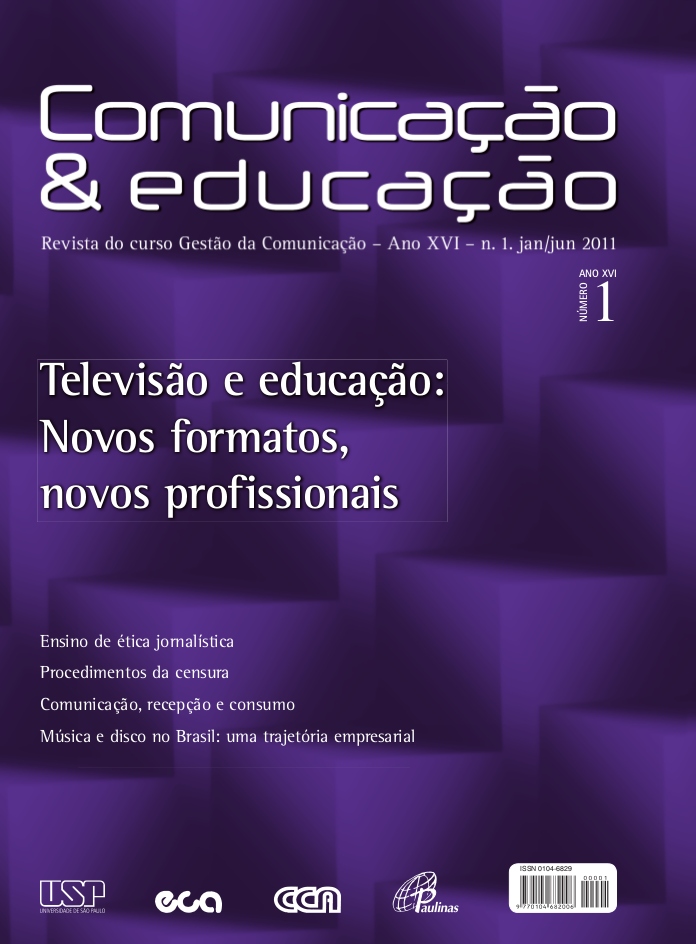The bottom of the well and motivations of censorship
DOI:
https://doi.org/10.11606/issn.2316-9125.v16i1p33-43Keywords:
Censorship, theater, archives, ethnography of archives, communication.Abstract
This paper brings an analysis on the prior censorship process of the theater play The Well (O poço, 1950), by Helena Silveira, whose documents are filed in the Miroel Silveira Archives of ECA-USP. Going from the opposition between the aesthetical and political characteristics of the play, we can interpret the prohibition of The Well and of other works that criticallyintroduce and discuss the social reality aspects and facts. On one hand, the documents show us trends of a time and the status quo strength to what was innovative, transformative, provocative, unknown and unused by the half of the XXth century, under the influence of what was happening in the world. Censors were in search of those signals of subversion, of the ideology against the establishment, even if the artistic class in general was ready to resist. On the other hand, the proceedings
show us exchanges and influences among media, languages, authors and artists, introducing new imbrications that are not always recognized.
Downloads
Downloads
Published
Issue
Section
License
I authorize the publication of the submitted article and soon the copyrights to the magazine, in the printed and electronic version, if it is approved after the evaluation of the reviewers.
I understand that readers may use this article without prior request, provided the source and authorship are mentioned. Readers are not authorized to use this article for reproduction, in whole or in part, for commercial purposes.

































